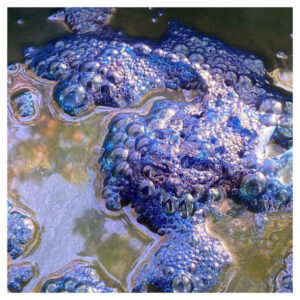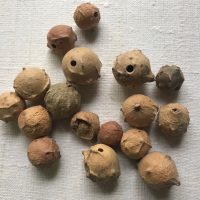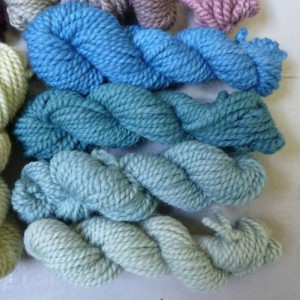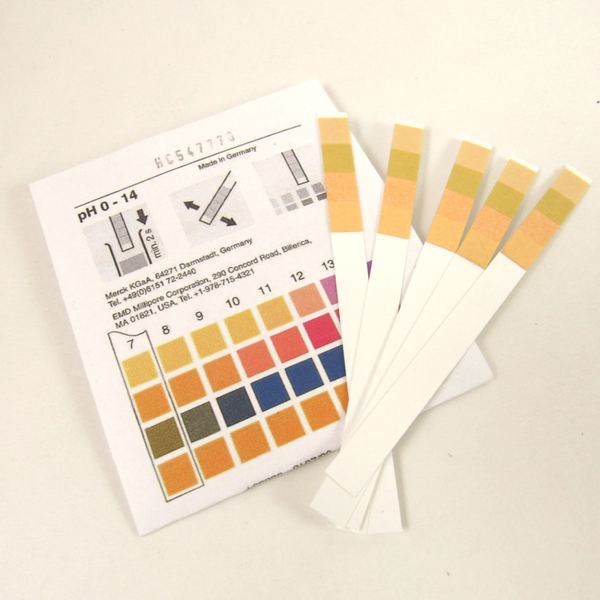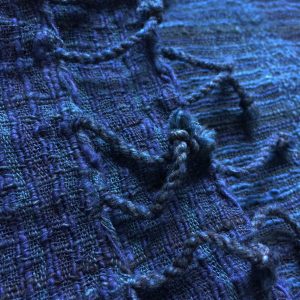This week: What’s all this pH talk with indigo vats and cruelty free color for yarn
MORDANT MONDAY: Aluminum Acetate + Calcium Carbonate Before Dyeing?
We get mordant questions all the time at Botanical Colors so why not create Mordant Monday??? Got mordanting questions? Email [email protected] YOU ASKED: I’m confused. Your directions for mordanting with aluminum acetate say to mordant, place fibers in dye pot, then . . . do the calcium carbonate bath then dye – what is the correct order? “Remove, rinse lightly and proceed to dyeing. Calcium carbonate can shift dye colors due to its higher pH, so we like to rinse it prior to use.” KATHY ANSWERED: You mordant with aluminum acetate, and when it is done, remove from the aluminum … Read more


